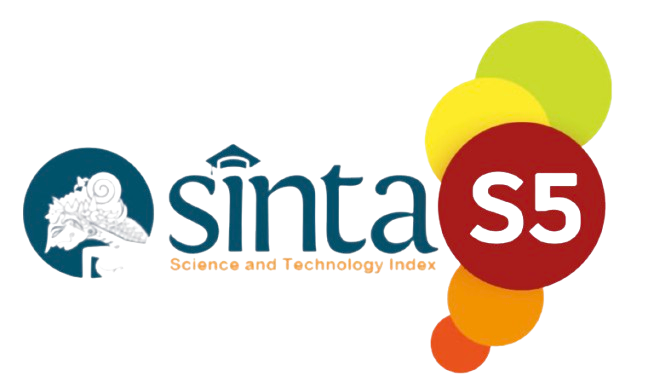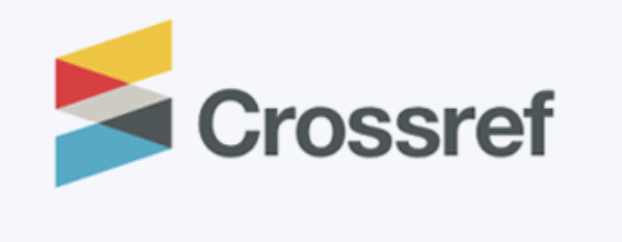An Analysis of Code-Switching on The Utterances of Agnes Mo on Daniel Mananta Network's Youtube Channel
DOI:
https://doi.org/10.52217/ijlhe.v6i1.1215Keywords:
Code Switching, Agnes Mo, Types, Reasons of Code SwitchingAbstract
This research aimed to analyze the phenomena of Code-Switching which examines the types and reasons for using code-switching used Agnes Monica on Daniel Mananta Network's YouTube channel entitled "Agnes Mo Pernah Punya Toxic Relationship?" which was published on February 11th, 2021. The researchers use Stockwell's (2002) theory that explains about three types of Code Switching, there are tag switching, intersetential switching, and intrasetential switching. In this research, the researchers employ a qualitative descriptive method, which is a research method that aims to explain and interpret reality and the researchers used Observation Method as the way to collect the data. The results and discussion found that there are six code-switching data, two Tag Switching data, two Intersetential Switching data, and two Intrasentential Switching data. And according to Hoffman (1991:116) in Saleh (2017:15), the researchers matched the data we found, that the reasons for the code-switching in Agnes Mo's utterances include the first one is talking about a particular topic, the second, being empathic about something, and the last the intention of clarifying the speech content for the interlocutor.
References
Adi, W. T. (2018). Code Switching in Critical Eleven Novel. Metathesis: Journal of English Language, Literature, and Teaching, 2(1), 39. https://doi.org/10.31002/metathesis.v2i1.514
Ardhana, L. (2011). Qualitative Research Methods. Bandung: CV. Teenager.
Brown, H. D. (2007). Principles of Language Learning and Teaching.
Gay, L. R, Geoffrey, E. Mills, and Peter, A. (2006). Educational Research: Competencies for Analysis and Applications. New Jersey: Pearson Education, Inc.
Girsang, M. L. (2015). An Analysis of Code Switching and Code Mixing as Found in Television Advertisement.
Grosjean, F. (1982). Life with Two Languages. Harvard University.
Hudson. (2007). Soociolinguistics. UK : Cambridge University Press.
Irpandi, S. (2019). Code Switching On The Utterances In Cinta Laura In “Brownies” Talk Show. Universitas of Muhammadiyah Sumatera Utara, Medan.
Istiara, F., Hastomo, T., Febriansyah, H., & Larasati, D. (2022). An analysis of using code-mixing on "Guruku Mr. D" YouTube channel podcast. Ksatra: Jurnal Kajian Bahasa dan Sastra, 4(1), 113-122.
Keraf, G. (2006). Diksidan Gaya Bahasa. Jakarta Gramedia.
Marshall, Catherine & Rossman, G. B. (1989). Designing qualitative research. Newbury Park, CA: Sage.
Muhaemin, A. (2017). 5 Situs yang Paling Banyak Dikunjungi. https://www.pikiran-rakyat.com/gaya-hidup/pr-01287895/5-situs-yang-paling-banyak-dikunjungi-411970
Nurfitriani. (2020). An Analysis on Code Mixing and Code Switching on Podcast of Millennial Power Channel. 1–11.
Saleh, S. A. (2017). An Analysis of Code-Mixing Used by Teachers of Zarindah House of Learning in the Teaching Learning Process. Unversitas UIN Alaudin Makasar.
Stockwell. (2002). Code Switching / Sociolinguistik: An International Handbook of the Science of Language and Society. Walter de Gruyter.
Suandi, & Nengah. (2014). Sosiolinguistik. Graha Ilmu.














